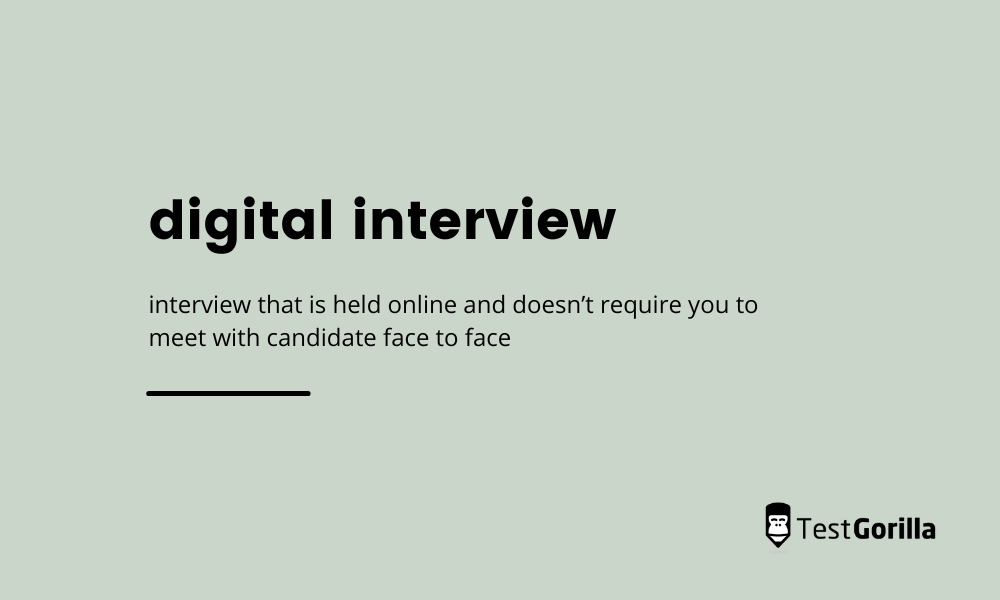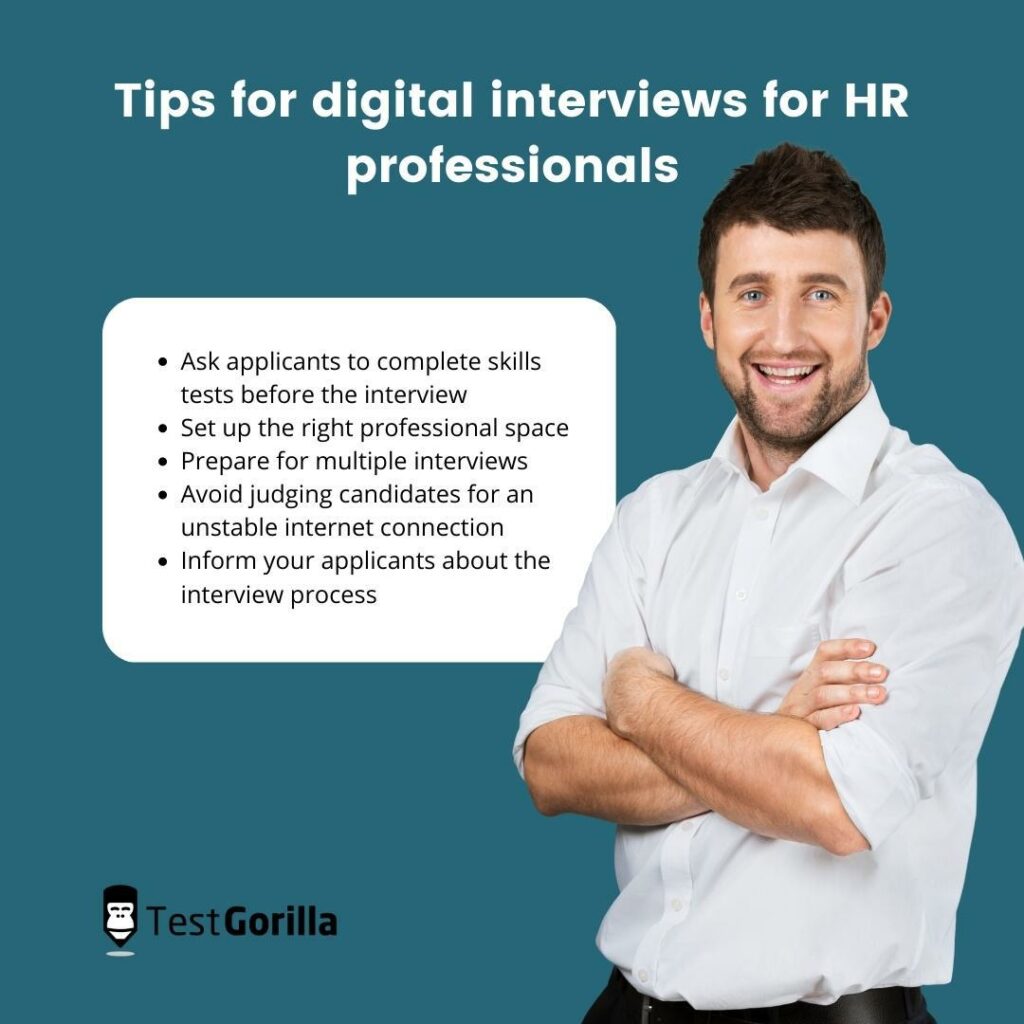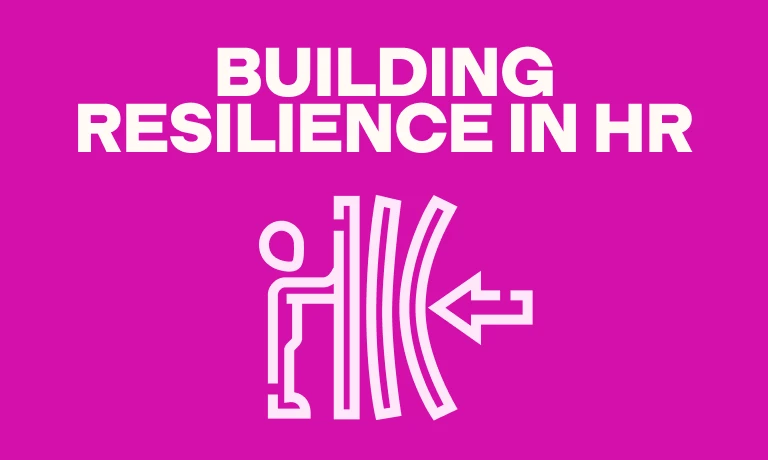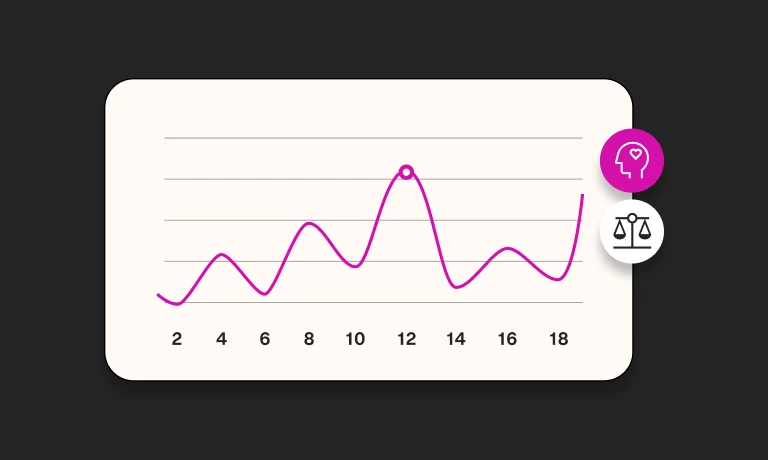Digital interviews: Top benefits for employers and candidates
When you conduct them well, digital interviews offer several advantages for you and your candidates. A video interview enables you to get to know your candidates better and determine whether they’re suitable for your open role.
But what are the other benefits of conducting digital interviews? What are the best tips for digital interviews, and how do you make your business stand out in a digital interview? Read on for the answers to these questions.
Table of contents
- What is a digital interview?
- How do you prepare for a digital interview as an HR professional?
- 5 tips for digital interviews for HR professionals
- How can you ensure your HR professionals can conduct professional digital interviews?
- How can you ensure your hiring manager can conduct professional digital interviews?
- How do you stand out from competitors when conducting digital interviews with candidates?
- Conduct digital interviews and find the best candidates without stress
What is a digital interview?
The main difference between digital and traditional interviews is that digital interviews are held online and don’t require you to meet with candidates face to face. You conduct digital interviews using a webcam and video interviewing software.
You may already know that there are two main types of digital interviews: recorded digital interviews and live digital interviews. Let’s examine the differences between them.
What are recorded digital interviews, and why are they beneficial?
In a recorded digital interview, you pre-record a set of interview questions and share them with candidates. The candidates will then record themselves as they answer the interview questions, which your recruitment team will later evaluate.
Recorded digital interviews will save you hours in your interview process. You don’t need to be present during the interview and can instead dedicate your time to other aspects of the hiring process (such as final-round interviews or training and onboarding programs).
What are live digital interviews, and why are they beneficial?
A live digital interview is a process that involves meeting your candidate via video conferencing software and asking them questions during a virtual meeting.
This type of interview has more in common with a traditional interview than a recorded digital interview since you must be virtually “present” and ask your candidates a list of questions.
Live digital interviews are convenient for candidates because they’re easier to attend. A bonus for your applicants is that they won’t have to commute to your office to have the interview. From your perspective, you won’t have to set up the office space for each interview.
How do you prepare for a digital interview as an HR professional?
There are two important best practices you should follow to prepare for a digital interview.
Test your tech
Ensure you test out the technology you will use during the recorded or live digital interview process. If you’re conducting a live interview, check the audio and video by completing a trial run before the interviews begin.
You can also request that your candidates review and test the technology on their end before the interview to ensure the conversation flows without any technical glitches.
Know the difference between in-person and digital interviews
In-person interviews are different from digital interviews, and knowing what distinguishes them can help you conduct a digital interview with exceptional professionalism.
For instance, you should always recognize that technical glitches can hinder an interview experience and prevent you from noticing your applicants’ body language, confidence, and facial expressions.
It’s also important to be prepared to repeat or rephrase questions in a digital interview, particularly if the digital connection fails at any point during the meeting.
The best insights on HR and recruitment, delivered to your inbox.
Biweekly updates. No spam. Unsubscribe any time.
5 tips for digital interviews for HR professionals
With this advice in mind, let’s now jump to the five tips for digital interviews for HR professionals. Follow these tips for a faultless digital interview.
1. Ask applicants to complete skills tests before the interview
Requesting that applicants complete skills tests before the interview is the easiest way to shortlist them.
Select tests related to your role or soft-skills tests, such as our Time Management test, to distinguish which candidates have the skills you need. Then invite the successful applicants to the video interview phase.
2. Set up the right professional space
It’s just as important to adhere to professional standards in a virtual interview as in an in-person interview. So ensure you carefully set up your interview space and background.
Choose a quiet space that reflects the work environment you want to convey and minimize distractions.
4. Prepare for multiple interviews
If you have multiple interviews lined up, it’s vital to make the right preparations. Give yourself sufficient time between interviews to prepare the correct information for your candidates.
4. Avoid judging candidates for an unstable internet connection
Your applicants’ poor internet connection may lead you to make assumptions about them, but you should avoid judging candidates for this. It’s more important to consider their skills and responses to your interview questions than whether they have the latest technology.
5. Inform your applicants about the interview process
To avoid catching your applicants off guard, ensure you inform them about how the interview process will proceed. Giving them context about the interview process will help them prepare and present themselves at their best.
Make sure you tell applicants that the interview will be virtual ahead of time, and give them a rough estimation of how long it will take. It’s also crucial to tell candidates how to access and use the video conferencing technology you’ve chosen.
How can you ensure your HR professionals can conduct professional digital interviews?
It’s not only you who will be conducting digital interviews; your whole HR team will be part of the hiring process, so reviewing their digital interviewing abilities with an HR Fundamentals skills test is critical.
If one of your HR professionals doesn’t have the necessary skills, provide them training to ensure they can hone their digital interviewing abilities. For instance, you can get them to shadow an experienced team member as part of the training.
How can you ensure your hiring manager can conduct professional digital interviews?
Checking whether your hiring manager has the right people management and leadership skills is one method to ensure they can conduct professional digital interviews.
Use our Leadership & People Management test to review your hiring manager’s leadership skills and determine if they can properly interview applicants digitally.
How do you stand out from competitors when conducting digital interviews with candidates?
Setting aside some time at the beginning of the digital interview to introduce your organization is one method to stand out from competitors. It’s also important to answer your candidates’ questions at the end of the interview to show your company’s successes.
Conduct digital interviews and find the best candidates without stress
Video interviews don’t need to be stressful. If you do them right, they can save you time and offer your candidates clear benefits.
Remember, before you invite applicants to an interview, check their skills with our range of skills tests. If you need to review your HR team’s digital interviewing skills, use our HR Fundamentals test to assess them. Hire effortlessly and find the best applicants with TestGorilla.
You've scrolled this far
Why not try TestGorilla for free, and see what happens when you put skills first.
















